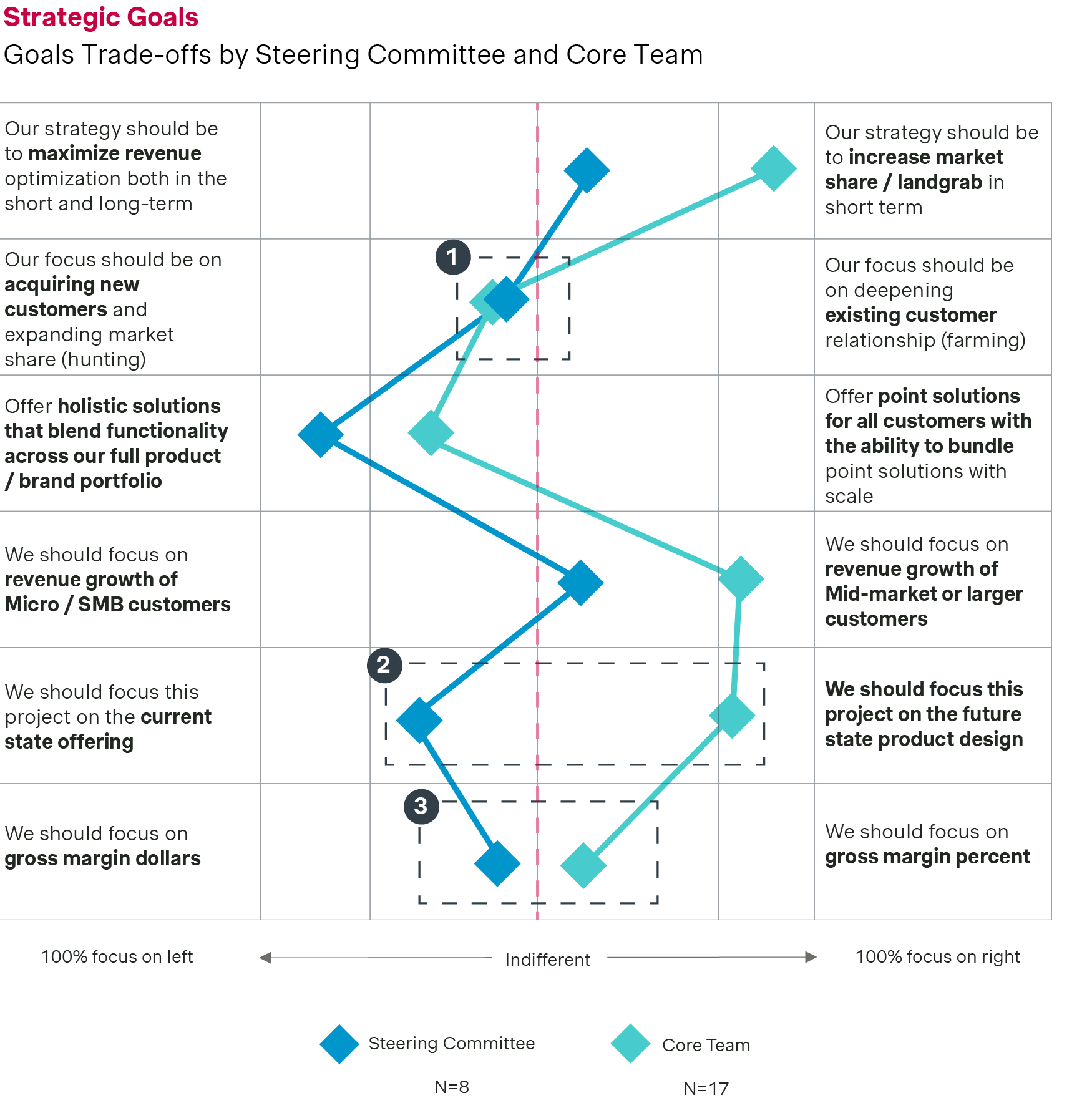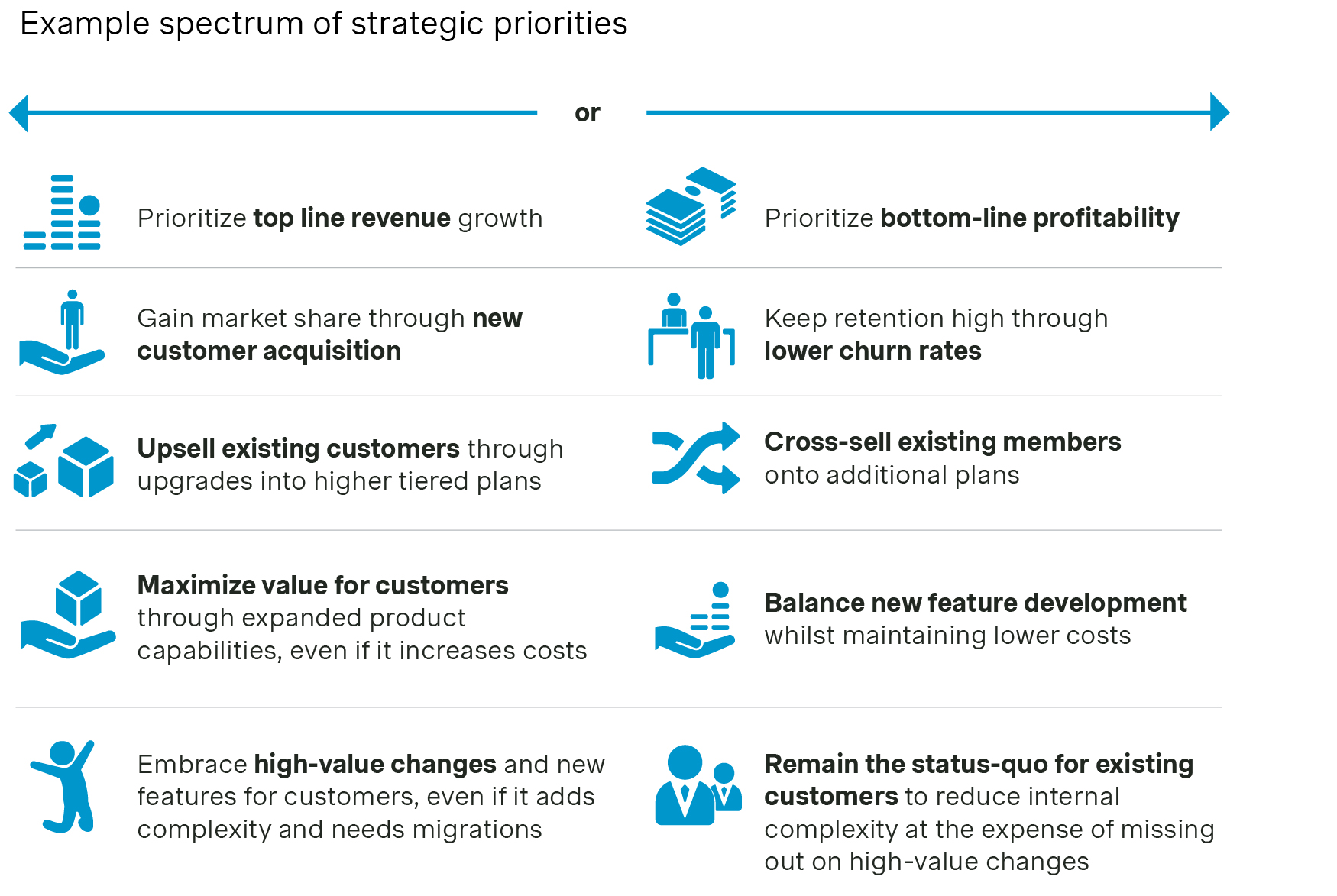About the Authors
Abde and Alvaro bring a wealth of experience in monetization and pricing strategy. Abde, a Partner at Simon-Kucher and former leader of Atlassian’s monetization and growth teams, played a pivotal role in launching key initiatives such as per-user pricing, tiered product offerings, and cloud migration. His experience has given him deep insights into successful strategy execution and the challenges along the way. Alvaro, co-founder and CEO of Orb, draws on his tenure as an engineering leader at Asana, where he helped drive transformative pricing changes. His work at Orb simplifies pricing and packaging strategies for companies like Perplexity and Vercel, offering unique perspectives on the operationalization of innovative billing models.
Why Great Strategies Fail: Ineffective Execution
According to Harvard Business School Professor Robert Kaplan’s book The Balanced Scorecard: Translating Strategy into Action, an alarming 90% of organizations fail to implement their strategies successfully. This striking statistic should give every executive pause, as it highlights a fundamental truth: even the most brilliant strategic plans are destined to fail if not executed effectively. Too often, leaders invest significant resources in crafting comprehensive strategies, only to see them falter due to inadequate execution. It is not a failure of vision, but rather a breakdown in aligning teams, processes, and systems to bring that vision to life.
The difference between leading the market and falling behind lies not in the ideas we generate, but in our ability to operationalize these ideas to drive revenue—bringing them to fruition with agility and precision. Operational monetization is about transforming strategic visions into tangible financial outcomes by ensuring alignment across teams, processes, and tools. Executives must, therefore, turn their attention to how they can overcome the common pitfalls in execution, ensuring that their strategies don’t just look good on paper, but translate into tangible, sustainable outcomes that generate long-term value.
We explore the four key modes of failure in strategy execution that often prevent successful operational monetization.
Four Modes of Failure in Strategy Execution
1. Poor People Alignment
Leadership: When there is a misalignment at the top level, confusion and lack of direction can cascade throughout the company. This can result in inconsistent priorities, lost revenue opportunities, and the inability to monetize strategic initiatives effectively. At Simon-Kucher, we use a simple yet powerful GoalStrat framework, designed to align cross-functional leadership and surface any misalignments in priorities, ensuring agreement on key objectives and KPIs. The GoalStrat exercise should be foundational before any solutioning. It’s critical to ask key cross-functional leaders to rank trade-offs and strategic priorities.
Product & Engineering: Alignment must extend beyond leadership and include core teams such as product and engineering. These teams need to understand not just what changes are happening but why. Misalignment in product direction can lead to engineering focus shifting away from strategic goals, resulting in a product that grows in the wrong direction and hinders effective monetization.
Sales: Misaligned incentives and pricing misunderstandings within sales teams can derail the entire strategy. This can lead to poor adoption of pricing models and missed revenue targets, ultimately limiting the organization's ability to monetize its offerings effectively. Insights from certain SaaS frameworks’ compensation plan for usage-based pricing can offer valuable lessons on aligning incentives with your new pricing model.

2. Lack of Processes
Program Management: One of the most significant barriers to effective strategy execution is the absence of a structured approach to manage and track progress. Without a clear framework to assign roles, responsibilities, and accountability, initiatives often lose momentum and stall before reaching completion. This lack of systematic process prevents timely product launches, delays monetization, and creates inefficiencies that hinder the organization's ability to achieve profitable growth. Teams may struggle to understand their roles, leading to delays, miscommunication, and missed opportunities for revenue generation. Cross-functional collaboration becomes inconsistent, resulting in fragmented efforts that hinder the organization’s ability to execute its strategy cohesively.
Governance and Policies: Clear guidelines and robust policies are also key to consistent execution. Well-defined governance, including a cross-functional pricing committee, is essential for addressing misalignments and finalizing decisions before solutioning. Without clear governance, pricing and monetization initiatives are often applied inconsistently, leading to poor financial outcomes and lost opportunities.

3. Insufficient Investment in Enablement and Training
Internal Enablement and Change Management: Employees need the proper training to understand changes and embrace them. Without adequate enablement, resistance and confusion arise, stalling efforts to monetize new strategies effectively. It’s crucial to prepare internal teams by clearly communicating expectations, roles, and responsibilities during periods of strategic shifts.
Customer Communication Strategy: External enablement is just as critical. Clear and timely communication with customers can prevent misunderstandings and resistance to changes. For instance, introducing new pricing models should be paired with a robust customer education plan, ensuring they understand how these changes benefit them, which in turn drives adoption and revenue growth.
Field Training on Value Positioning: Sales teams must be equipped to convey the value behind a new pricing strategy effectively. Misaligned or poorly prepared sales efforts can result in missed opportunities, low conversions, and ultimately hinder the monetization of new offerings.
4. Antiquated Systems and Tools
Modern Pricing Systems: Rolling out new pricing models requires modern systems to manage billing, data access, and price changes effectively. Your billing infrastructure needs to provide transparency and support the implementation of the new pricing strategy, including handling legacy models and customer migrations. Systems must be capable of coordinating across both self-serve and sales-led go-to-market strategies to maximize monetization potential.
Telemetry and Feedback Mechanisms: Having real-time data and feedback loops is critical to refining pricing models and ensuring successful monetization. The ability to monitor metrics throughout the customer journey—from adoption and activation to conversion and expansion—provides the insights needed to drive operational and financial success.
Understanding these key modes of failure in strategy execution—poor people alignment, lack of processes, insufficient investment in enablement, and outdated systems—allows us to address these challenges head-on. With a clear awareness of these obstacles, we can design targeted solutions that turn potential pitfalls into opportunities for success.
In the next part of this series, we will explore actionable strategies to ensure effective execution, bridging the gap between well-crafted plans and tangible results, and ultimately transforming strategic initiatives into sustained growth and monetization.
